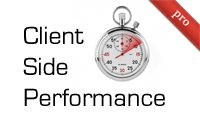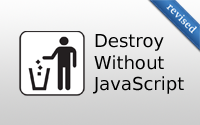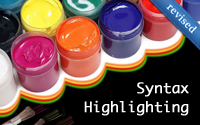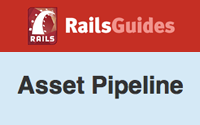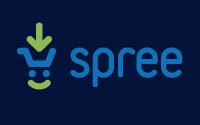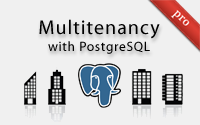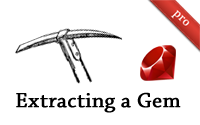Categories
- Active Record
- Active Resource
- Active Support
- Administration
- Ajax
- APIs
- Authentication
- Authorization
- Background Jobs
- Caching
- Code Walkthrough
- Controllers
- Debugging
- Deployment
- eCommerce
- Forms
- Mailing
- Models
- Performance
- Plugins
- Production
- Rack
- Rails 2.0
- Rails 2.1
- Rails 2.2
- Rails 2.3
- Rails 3.0
- Rails 3.1
- Rails 3.2
- Rails 4.0
- Refactoring
- Routing
- Search
- Security
- Testing
- Tools
- Views
Applied Filters:
rails x
Client-Side Performance
Optimizing Rails performance can only take you so far. The client-side plays a big part in how fast a page feels. Here I show many tools that can help make your apps faster than ever.
(14 minutes)
Destroy without JavaScript (revised)
A destroy link in Rails does not work without JavaScript. In this episode I show two techniques for gracefully degrading destroy links: button_to and a delete action.
(8 minutes)
Syntax Highlighting (revised)
Here I compare several syntax highlighting solutions and show how to use Pygments in a Rails app. I also show how to integrate it with Markdown and add caching.
(8 minutes)
Understanding the Asset Pipeline
The asset pipeline is probably the biggest feature in Rails 3.1, but it can seem like magic at first. Here I dive into exactly how the asset pipeline works.
(11 minutes)
Multitenancy with Scopes
A multi-tenant application can be difficult to implement because the data for each tenant must be completely separate. Here I show how to do this using subdomains and default scopes in Active Record.
(12 minutes)
Site-Wide Announcements (revised)
Here I show how to add an announcement message at the top of every page in the application and allow the user to permanently hide it. This is all done test-first and even includes testing the JavaScript behavior.
(11 minutes)
The Logger (revised)
The log file will show what is going on behind the scenes of a Rails request. Learn how to log messages, add tags, override formatting, and more.
(6 minutes)
Getting Started with Spree
Spree allows you to quickly turn a Rails project into a full eCommerce application. Here I show how to set it up and configure the look and feel of the store.
(10 minutes)
Multitenancy with PostgreSQL
PostgreSQL Schemas can help create a multi-tenant app by keeping data separate at the database layer. Integrating with migrations can be tricky though, so watch this episode for the full details.
(11 minutes)
Extracting a Ruby Gem
In this episode I show how to extract a Ruby Gem from an existing Rails application, test it with RSpec and Supermodel, and add a Railtie.
(16 minutes)

